Strongly bonded to our territory and vines that best represent it, we believe it is essential to measure and understand the environment impact generated by our production activity. The purpose is to reduce the wrong behaviour and create new ones that are more ethical and sustainable to guarantee solutions to the future generations that respect the environment and its resources.
Basen on this objective, in 2017 we obtained, for all three of our headquarters, two sustainability certifications: S.Q.N.P.I. and V.I.V.A. the sustainability of viticulture in Italy to empower our choices.
Since 2020 all the energy that we use in our various production processes, and that we are unable to cover with our photovoltaic system, come exclusively from renewable sources thanks to the provider Dolomiti Energia. At the same time, that same year we set ourselves a new goal: to become nature positive by 2040 by managing the woods and by joining national and international reforestation initiatives. The project not only is suitable for capturing our CO2 emissions, but also aims to be an opportunity to promote biodiversity and the involvement of the local community in initiatives aimed at protecting and improving the territory.
Through S.Q.N.P.I. (National Quality Integrated System Production), certification issued by the Ministry of Agricultural, Food and Forestry Policies (MIPAAF), we guarantee an agricultural production system based on agronomic defence methods that favour the use of natural resources and regulatory mechanisms, limiting the impact on the environment.
While with “V.I.V.A. The sustainability of viticulture in Italy” certification, released by the Ministry of Ecological Transition, every two years we evaluate our sustainability performance and develop improvement plans based on four indicators: air, water, territory and vineyard. The first indicator states the total greenhouse gas emissions, associated directly or indirectly with the production of a 0,75l bottle of wine (Carbon Footprint). The second one calculates the fresh water consumption for irrigations and cellar use (Water Footprint). The third one analyses the consequences of company activities on the territory both landscape and socio-economic aspects, while the last indicator evaluates agronomic management practices.
We believe that being sustainable does not mean just paying attention to all stages of the production phases, but also an example providing solutions that facilitate the consumer in the reuse or recycling the package after purchase.
For this reason, beyond adhering to recycling projects, we are committed in the research of new materials and solutions for packaging bottles and packages with the aim of reducing the waste generated by our activity.
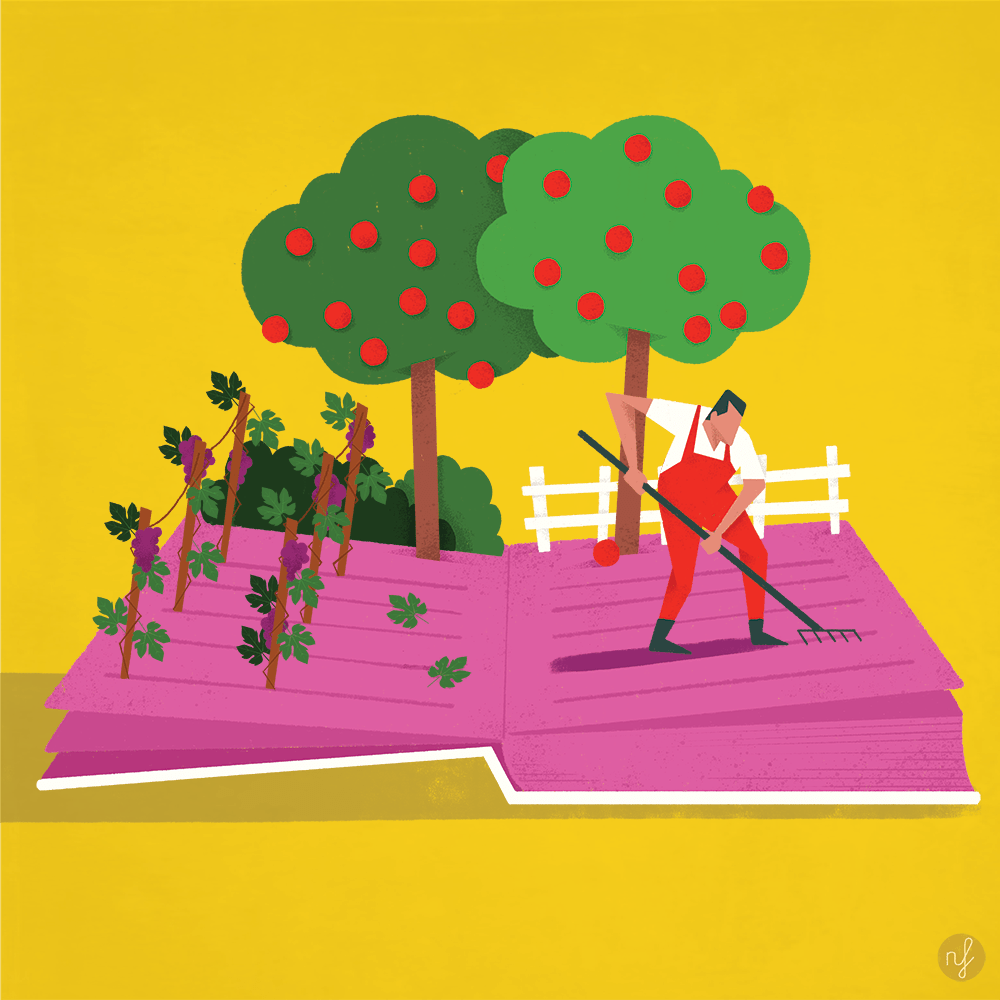
Safeguard and manutention of hedges, woods and historic vineyards such as Bellussera.
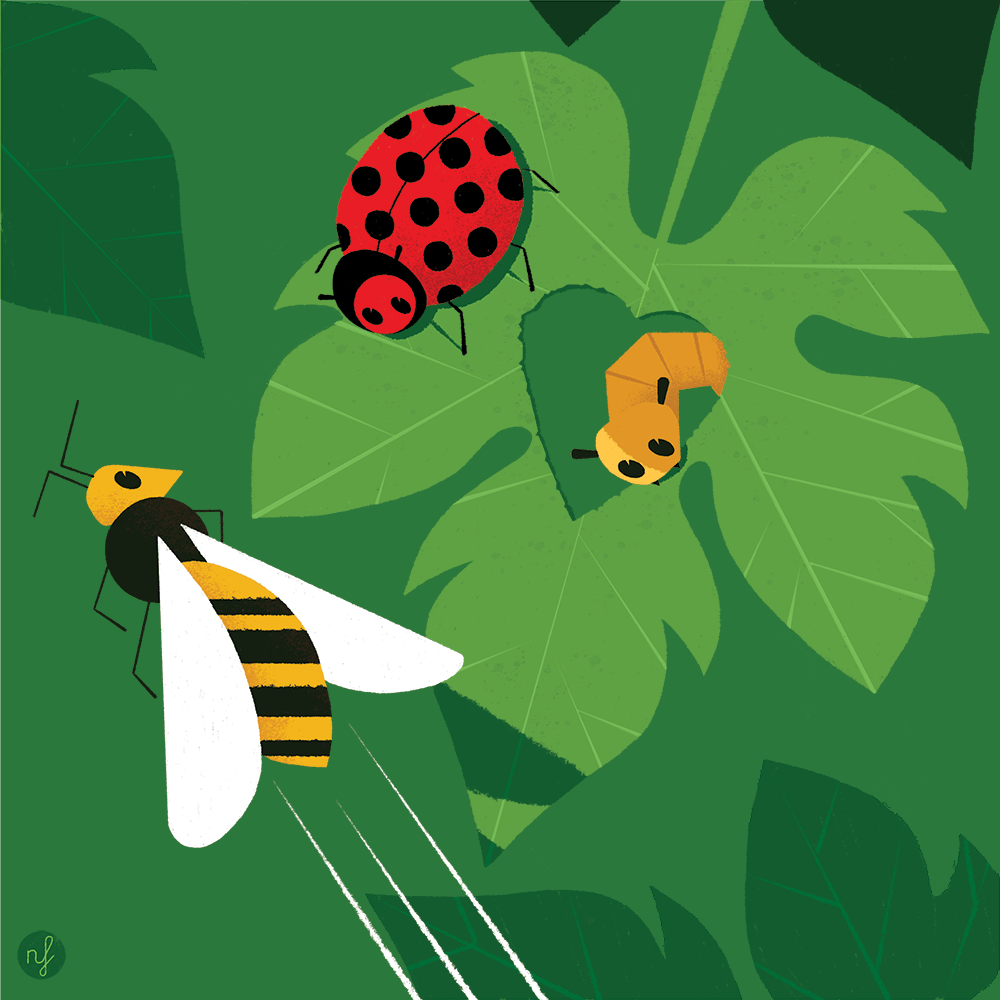
Encourage settlement of insect pollinators through the grassing of the vineyard during all the vegetative phases.
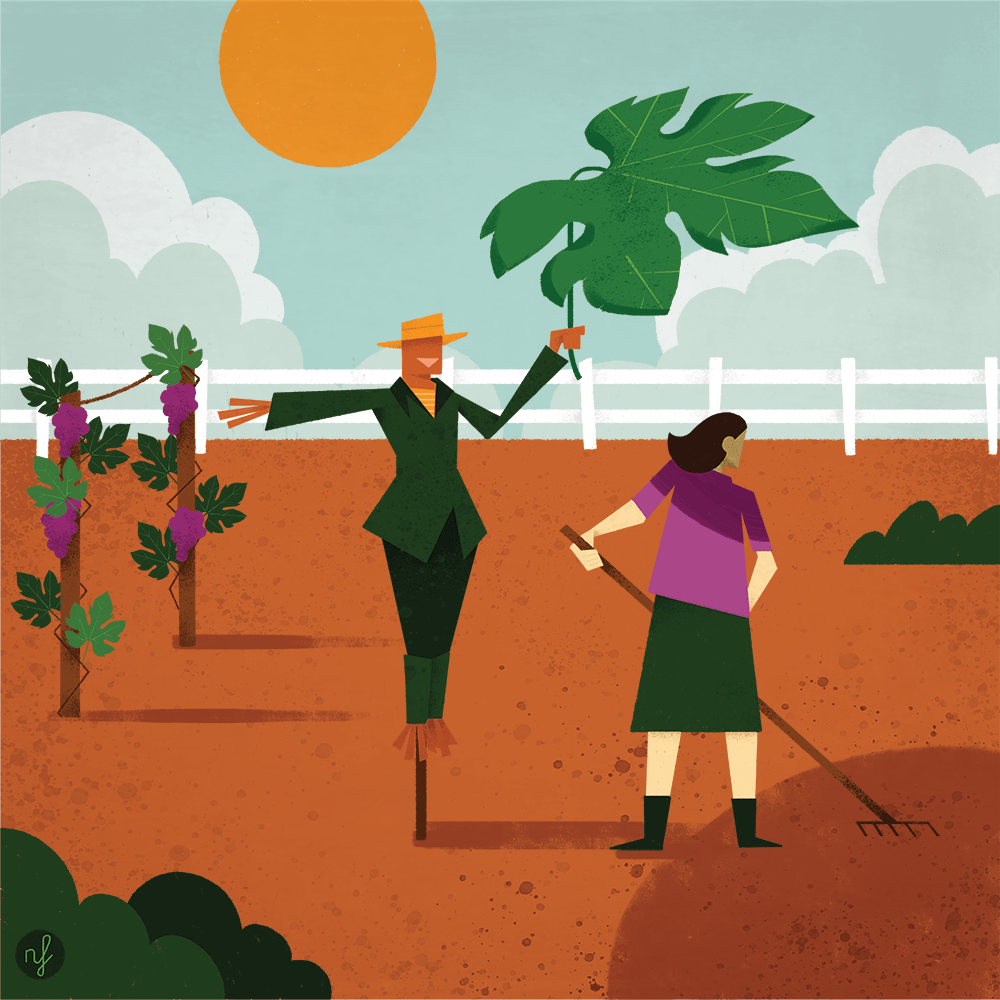
Compliance with the guidelines of the integrated production system, which consider the use of resources and natural regulation mechanisms, limiting the impact on the environment.
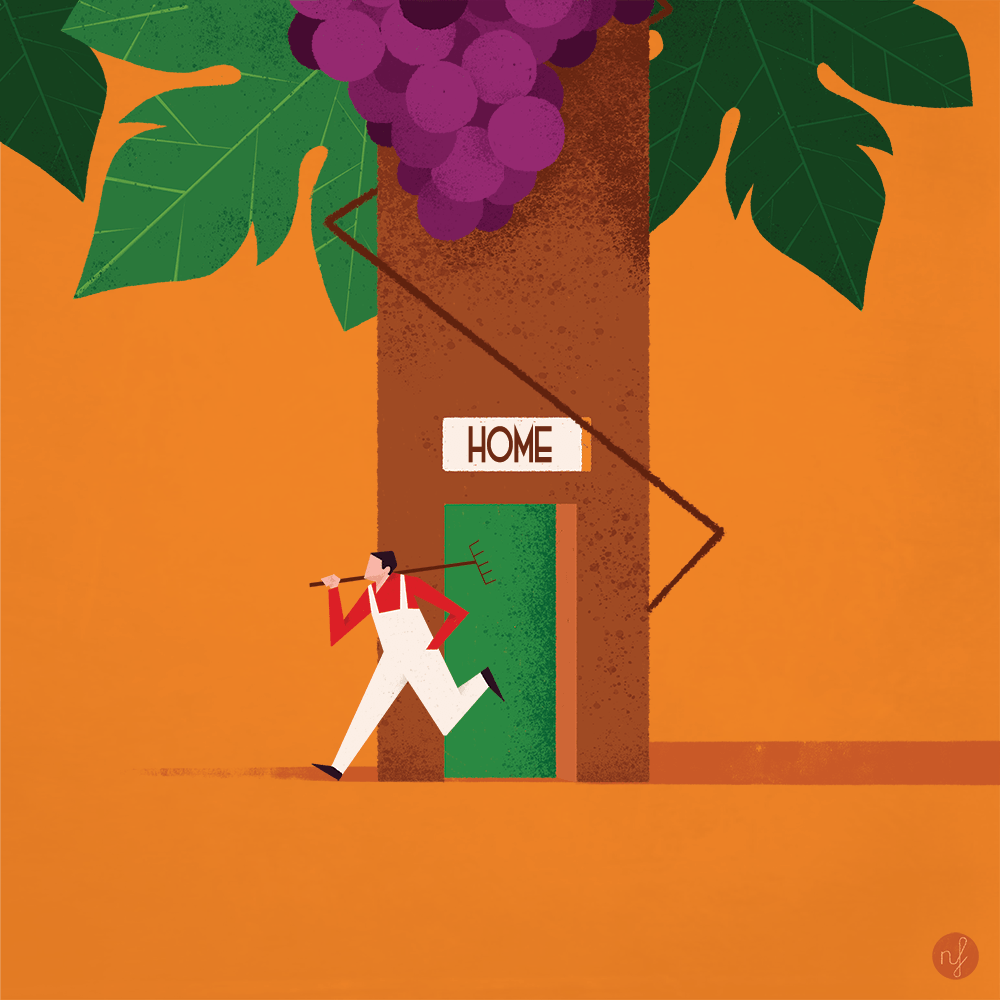
Preference from the local community for staff, suppliers of grapes and materials.
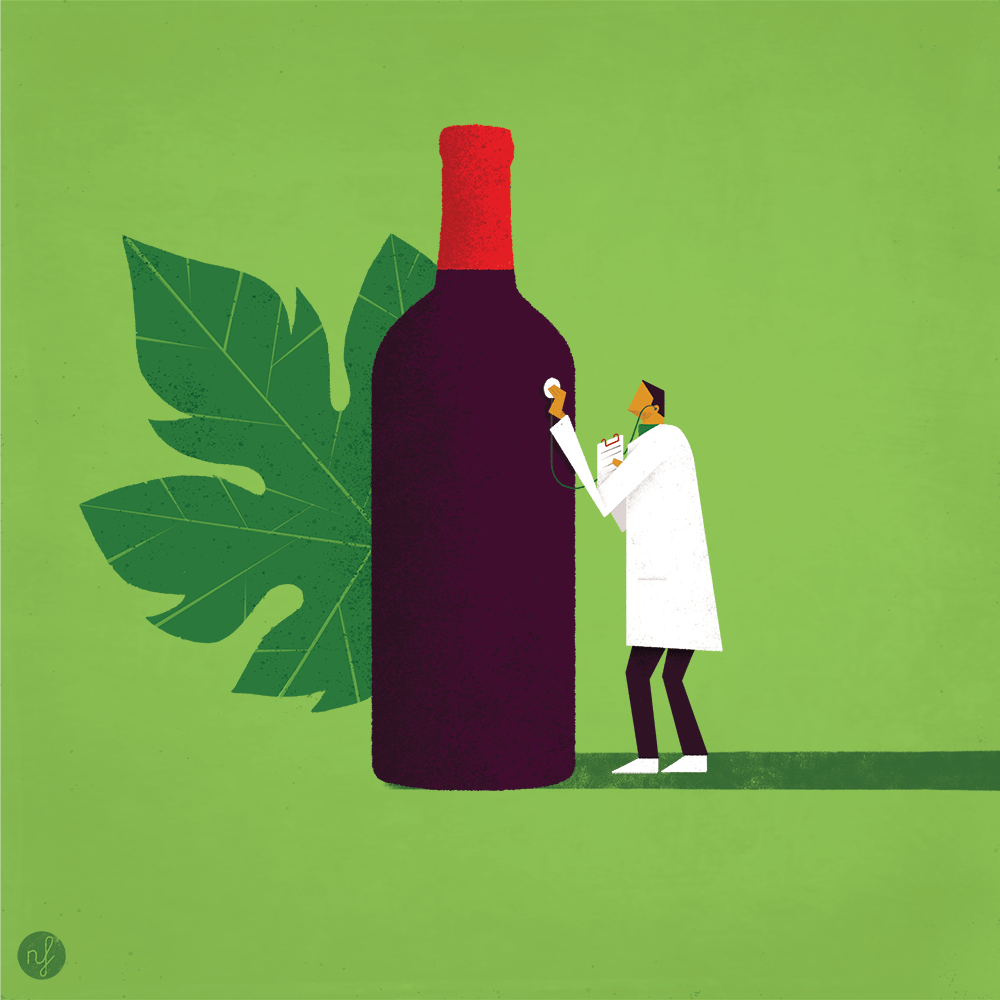
Constant checks on grapes and wines in order to guarantee quality and traceability.

Giving impulse to the circular economy by adhering to projects aimed at reducing the waste produced and choosing packaging and packing material that respects the environment.
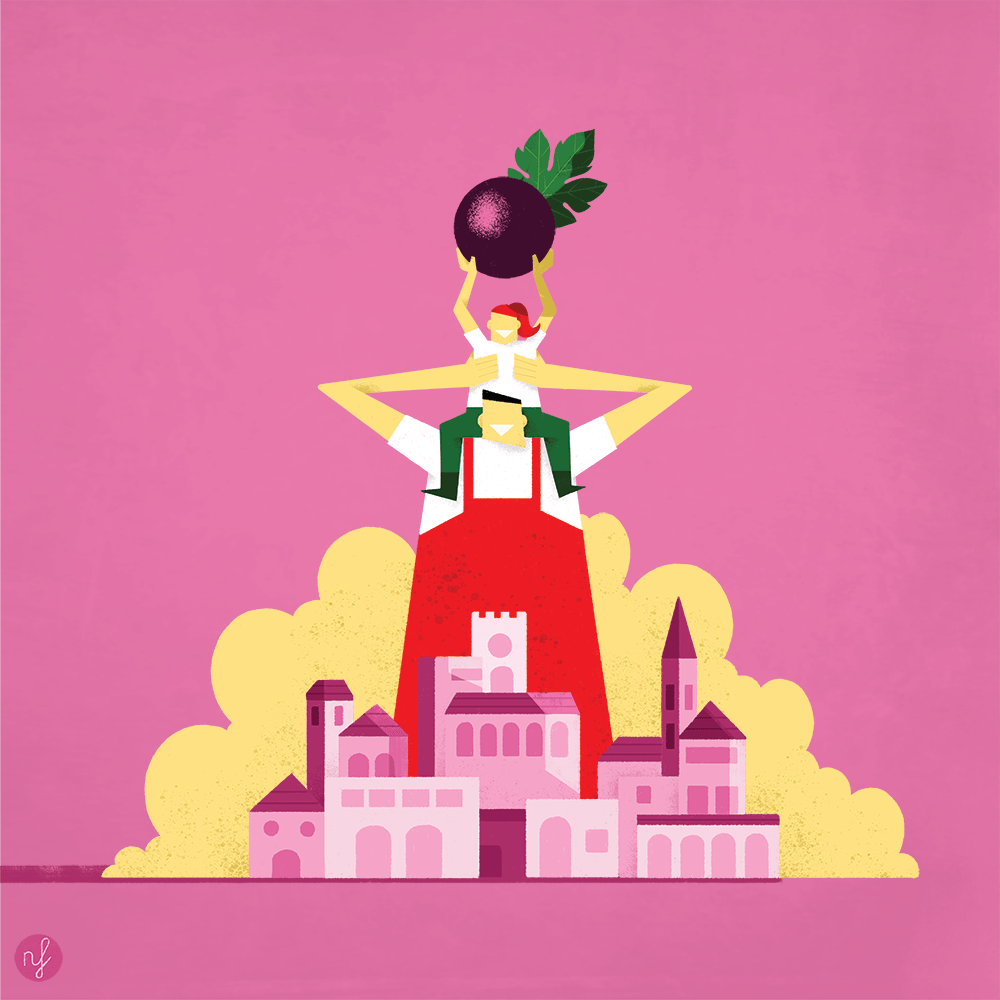
Development projects in favour of the community with the goal of doing business in a shared and inclusive way.
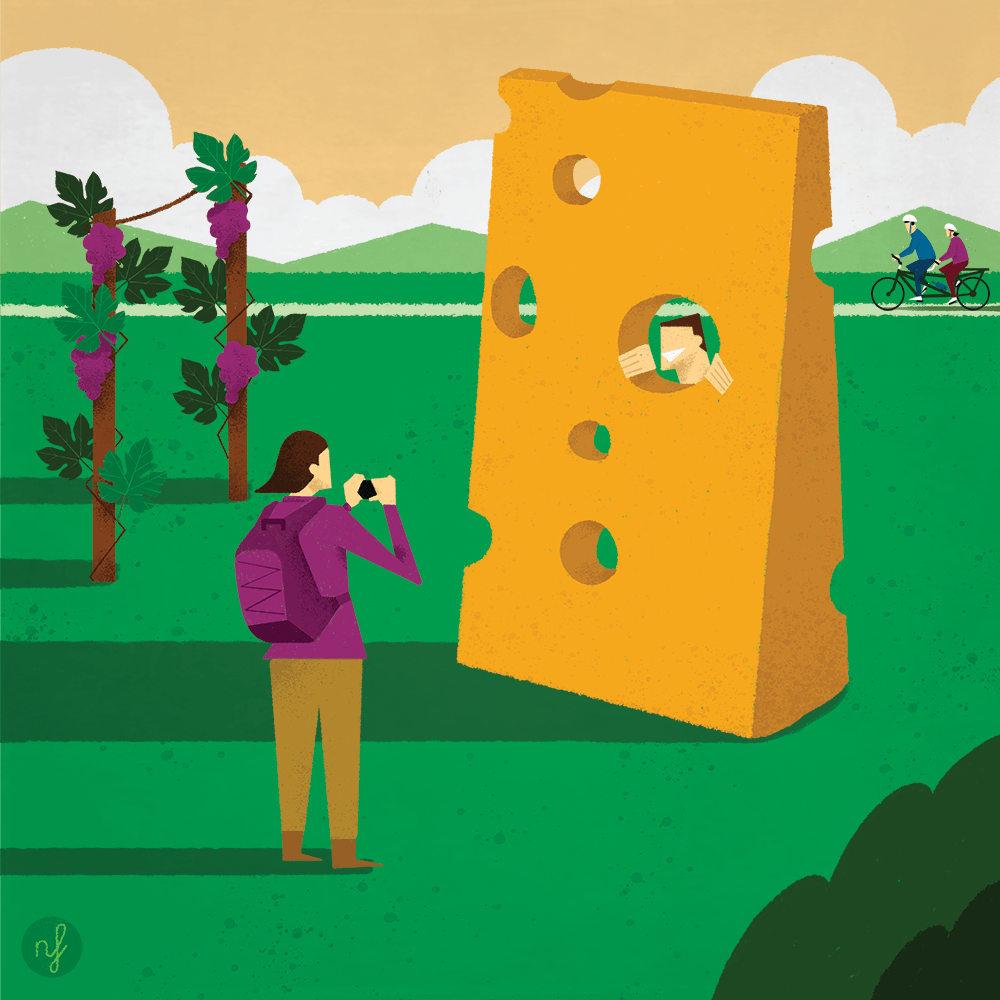
Adhere to initiatives aimed at promoting the history and products of the territory, promoting tourism and wine tourism.

Certify the environmental commitment and share with the consumer the results related to the impacts generated by the company activity on air, water, vineyard and territory.
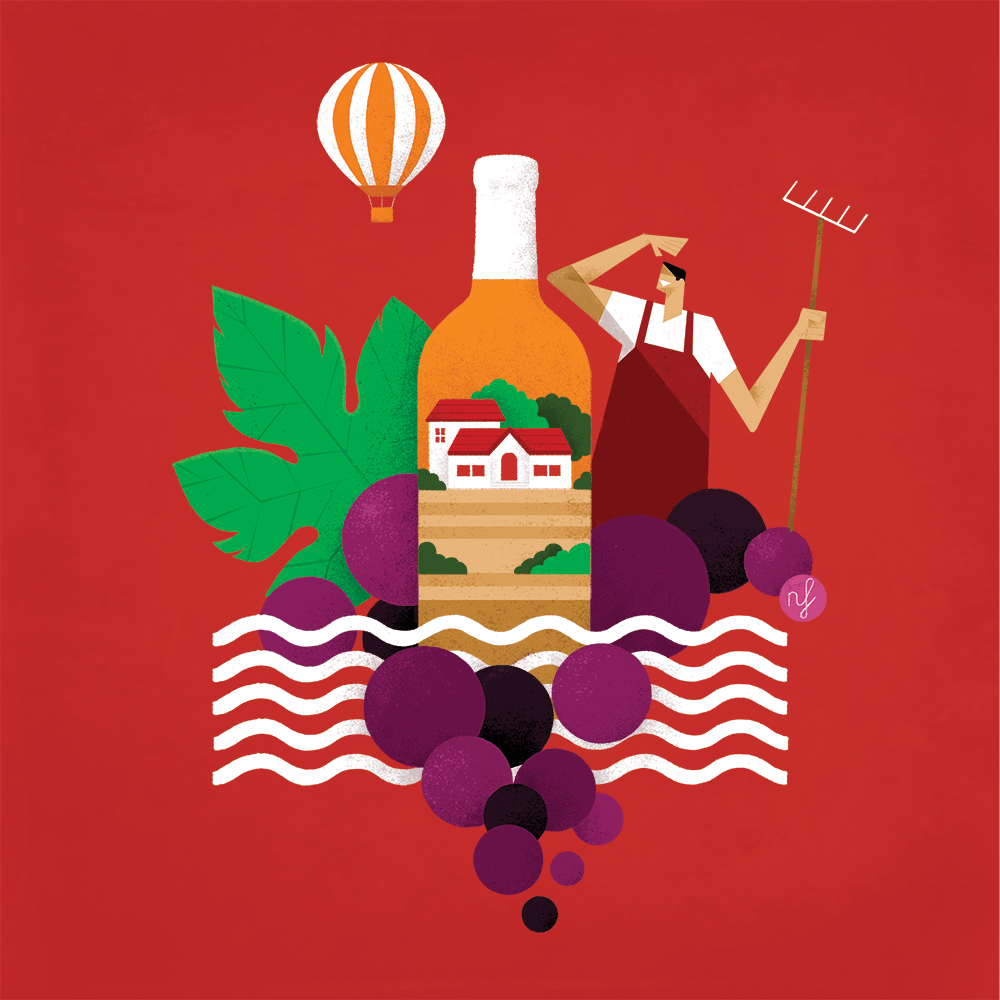
Be aware of the impact generated by own business in order to implement sustainable actions aimed at preserving the territory and its history, guaranteeing to future generations solutions that respect the environment and its resources.
The drawings were made by Nicola Ferrarese, a freelance illustrator for the publishing and advertising market.
Since 2009 he has been the organizational director of the Treviso Comic Book Festival.